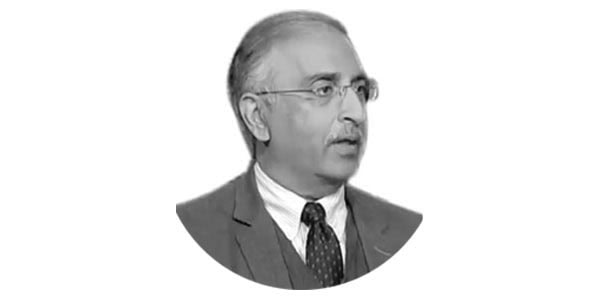Hard lessons from Sri Lanka
Sri Lanka’s politicians have been playing their games amidst a serious economic crisis.This is what happened: On March 2, the Sri Lankan government announced nationwide seven-and-a-half hour daily electricity cuts.
Sri Lanka has an installed capacity of over 4,000 MW while the peak demand is less than 3,000 MW.
Then why seven-and-a-half hour daily power cuts? Sri Lanka has thermal power plants and Sri Lanka has ten large hydroelectric power stations.
Sri Lanka’s thermal power stations run on diesel, fuel oils, naphtha and coal.Sri Lanka’s largest hydroelectric facility is based on Victoria Dam.
Question: Why did the Sri Lankan government announce nationwide seven-and-a-half hour daily power cuts?
Question: Why has the Public Utilities Commission imposed power cuts from 8 am to 1 pm and then from 6 pm to 8:30 pm?
Answer: The Central Bank of Sri Lanka (CBSL) has run out of dollars-no hard currency to buy diesel, fuel oils or coal.
Imagine, a country of more than 22 million is left with $2.3 billion worth of foreign exchange reserves, $100 on a per capita basis.
Yes, Sri Lanka has the generation capacity but 22 million Sri Lankans are going through seven-and-a-half hours of daily power cuts.
For the record, it is not an issue of generation capacity-the issue is a foreign exchange crisis.
The issue is lack of foreign exchange reserves to import diesel, fuel oils or coal.On February 23, a shipment of 40,000 tons of fuel reached the Port of Colombo.
But, the Bank of Ceylon, a state-owned commercial bank, could not find the dollars to pay for it.
Public transport has collapsed and there’s no imported plastic to issue new driving licenses.
As of January 2022, the Central Bank of Sri Lanka had $2.36 billion in reserves against a piled up external debt of $56 billion.
Imagine, the Central Bank of Sri Lanka has $2.36 billion but it needs $7 billion to service its foreign debt this year.
Imagine, the Central Bank of Sri Lanka has no dollars to import “critical imports including fuel, food and medicines”.
Sri Lanka has to pay a $1 billion bond repayment due in July.Between July and December, an additional $6 billion is falling due for repayment.
Will Sri Lanka default?Last year, the People’s Bank of China “entered into a bilateral currency swap agreement for a swap facility amounting to $1.5 billion.
” In January, India “signed off on a $400 million credit swap facility”.In February, India sent 40,000 tons of fuel.
Sri Lanka has run a budget deficit and a current account deficit simultaneously.So has Pakistan.Sri Lanka has financed its budget deficit and its current account deficit through debt.
So has Pakistan.Sri Lanka’s politicians continue to play their games amidst an economic crisis.
Pakistani politicians are also playing their games amidst an economic crisis.Sri Lanka’s economy has structural issues.
So does Pakistan’s economy.Sri Lanka is addicted to rolling over its debt.So is Pakistan.Sri Lanka has some 500 state-owned money-losing enterprises.So does Pakistan.Sri Lanka’s state-owned enterprises are grossly mismanaged.Same in Pakistan.
Sri Lanka’s “state sector is over-staffed and inefficient”.Same in Pakistan.Sri Lanka has “failed to diversify its export basket”.
Same has happened in Pakistan.Sri Lanka’s “trade policy is highly bureaucratized”.Same is the case in Pakistan.
Debts in Sri Lanka are high, reserves are low.Same in Pakistan.Food prices are high.Same in Pakistan.Sri Lanka’s public debt has risen to 119 percent of GDP.
Pakistan’s public debt hovers around 94 percent of GDP.Sri Lanka is headed towards a full-blown debt crisis.
The Central Bank of Sri Lanka is now being forced to pick between importing critical imports of fuel, food and medicines or servicing its external debt.
Sri Lanka needs to reform its political economy. So does Pakistan.










